As Millennials enter motherhood, and big box stores shrink their maternity selection, it’s a bright time for children’s retailers to discover their motherly fashion instincts. By Angela Velasquez You can talk CPSIA regulations in your sleep and might know the differences between Bugaboo’s Bee and Chameleon strollers, but the world of maternity fashion, with its […]
- Tea Collection’s signature tunic is a bestseller. “It’s effortless and versatile, moms can toss it on with their favorite jeans or even wear it as a beach cover- up,” Emily Meyer, chief creative officer and co-founder of Tea Collection, adds.
- Breezy dresses by Maternal America are an easy choice at Susan Gibeson’s store, Apple Seed Maternity and Baby.
- Customer requests led Livie & Luca to launch women’s footwear last year, which Dennise Allred of Little Monkey Toes says has helped boost the number of multiple sales on her website.
- Shapewear by Belly Bandit is a must for many moms-to-be at Holly Schneider’s North Dakota store.
As Millennials enter motherhood, and big box stores shrink their maternity selection, it’s a bright time for children’s retailers to discover their motherly fashion instincts.
By Angela Velasquez
You can talk CPSIA regulations in your sleep and might know the differences between Bugaboo’s Bee and Chameleon strollers, but the world of maternity fashion, with its stretch panels, support bands and wrap silhouettes might seem like a whole other universe to conquer. But Chief Industry Analyst of the NPD Group, Marshal Cohen, says it is time to think again. The recession might have slowed the U.S. birthrate, but as the economy recovers he expects people who have put off having kids until they were more financially stable to be revisiting the idea of starting (or expanding) their family. In other words, look out for more demand for pretty maternity frocks befitting baby showers.
“Maternity, like any niche market, ebbs and flows with the economy,” Cohen offers, noting that many big box stores like Target and Wal-Mart have decreased the amount of floor space devoted to the category. The NPD Group reports that 2013 sales of maternity apparel have dropped 26.6 percent from last year to $630,139,000. “They go where the fish are swimming so when shoes and accessories are selling well they bulk up those sections, but it has to come at the expense of another area, like maternity and plus-size apparel. There’s only so much space in a store,” he explains.
That’s where smaller retailers and independents can sweep in and discover new opportunities. One of the biggest changes Armanda Texidor, president of A New View Maternity showroom in New York City, has noticed in the maternity market is the number of non-maternity retailers carrying pregnancy clothing. “Children’s stores are realizing that they already have pregnant customers in their store ready to spend, so why not capitalize on that,” she explains. “Just because it’s not a growing category, doesn’t mean it’s not a good category,” Cohen advises.
Welcome to Maternity
A first-time maternity retailer and first-time mom have a lot in common. For instance, a ton of research lies ahead of them. “Millennials are of childbearing ages and are a lot more likely to go online either to buy or discover what is available to them,” Cohen states. Texidor agrees: “Most first-time pregnant women go online to get an overview, see what brands they might like and then go into stores to try on items because they really don’t know much about sizing, or how it will look on their new body.”
Fit is a struggle for new moms, says Holly Schneider, owner of Adley Anne’s Baby & Maternity in Grand Forks, ND. Most of her pregnant clientele come in around week 16 for jeans. “They worry about if they will need a bigger size down the road,” she offers, but notes that women who are typically a size small in their pre-pregnancy clothes will remain a small in maternity. “They might just need some new shirts in the last couple of months if hems start to creep up or just because like any other woman, they start to grow tired of the same looks,” she says.
“Pregnant women want to dress in the same looks as they’ve always dressed and thankfully there are a lot of brands in the market making maternity clothes that help them appear slimmer, accentuate the belly and key into trend colors, prints and styles,” Texidor reports. Sheer blouses, tanks and skinny jeans are wardrobe staples for Greenberries owner Rachel Baliff’s Columbia, MD-based clientele. “Maternity trends don’t skew too far what is seen on the runway. Pregnant women want to keep their personal style,” she explains. For example, Kristy Olsen, co-owner of Lilac Clothing, names trendy striped tops as a brand bestseller. “We thought they wouldn’t love it because it might make them appear wider, but the print always sells out. Polka dots, too,” she says.
Texidor says there is a fine line of what can be adapted to maternity, but one thing is for sure—the oversized billowy dresses of yesteryear are out. At her consignment shop, Baliff repeatedly has to turn away the outdated frocks people discover while cleaning out their attics. “The maternity customer is definitely a more fashion-savvy woman,” she quips.
Dress for Success
Susan Gibeson, owner of Apple Seed Maternity and Baby in Alexandria, VA, reports a strong and steady demand for dresses. “Moms-to-be have so much other stuff they are worried about. Dresses allow them to put on their favorite jewelry, add a pair of Tory Burch flats and be out the door with ease,” she explains. Bestselling brands are Maternal America, Olian and Rosie Pope.
As a category, Texidor believes it is important for retailers to offer a full scope of dress styles. For instance, maxi dresses are poised to fall out of fashion in the regular market any time now, but the long silhouette is continuous in maternity. An endless parade of maxi dresses marched in and out of Baliff’s doors this summer, as well as wrap dresses which Texidor considers an essential to any expecting mom’s closet. She notes, “Every maternity line has at least one.”
Expect to see more maternity casual/work dress designers add a second dressier collection to ensure that they have a style to offer for special occasions as well—especially as dresses tend to be an area where consumers are willing to splurge for events like baby showers. And despite hearing a lot of push back against prints, Texidor sees a lot of re-orders for printed dresses. “It’s hard to tell, but I think women want solids for work and prints for play,” she offers.
Mom Jeans
“All women, whether they are pregnant or not, want good denim,” Schneider says. Nowadays, the retailer finds it is easy to discover maternity jeans with hidden tummy support that looks like regular denim. Flare leg styles by Three Seasons Maternity are a hit at her boutique. “They sell out constantly because our customers like that they have a real waist,” she offers. At Baliff’s store, any gently used designer denim from the likes of Citizens Of Humanity and 7 For All Mankind, which she prices no more than half the retail price, are a hot commodity. “Denim is an investment piece,” she says, noting that while most purchases for tops ring in between $10 to $20, customers will shell $50 to $60 for pre-owned jeans.
Olsen believes offering a good stock of denim can help drive sales of other items like sweaters and tanks. “Women want to leave the store knowing they have a complete outfit,” she states. Her brand’s selection of stretch cotton poly spandex denim—key to help retain the jean’s silhouette—is a big part of business. Each pair comes with an internal adjustable waistband and hits on all the essential cuts women look for: trouser, skinny, straight and boyfriend, to name a few. Dark washes are a must, but the designer sees more “bright and happy” colors like cobalt blue and peach, as well as printed denim for Spring ’14.
Smooth Operator
Schneider keeps a bellyband in tow when she’s needed in the dressing room to help a customer having difficulty finding the right size and style. “The bands are an easy solution to help keep pants from falling down and provide a little extra coverage for shirts that are getting too short,” she explains. Similarly, she says Belly Bandits, an abdominal compression binder designed to help decrease bloating and provide support, are a must-have post-pregnancy.
Texidor believes these underpinnings (and extra sales) are often overlooked in maternity. “It might not be something you think about, but just look at how popular shapers and smoothers are in regular women’s apparel,” she points out, adding that many of the best products are being designed by mothers that saw a need for it. For example, Blanqi, the maker of the Bodystyler maternity support tank. Designed by friends Valerie Darragh and Sabina Melarti—who have six kids between them—Texidor says they are essentially their own customer and have a good understanding of what is comfortable. She adds, “I think you’re going to see this category come on a lot stronger in the next few years.”
Another bonus? Smoothers and support garments take up a small amount of valuable retail space. “Our tummy bands are a great and affordable add-on to have near registers,” Olsen says. In Lilac Clothing’s case, the bands can also be worn at the bust line to hide cleavage—giving retailers another chance to explain the product’s versatility while they are already at the register. And like Texidor notes, “As a store owner, you have to think about what you can offer that won’t take away too much space from your bread and butter.”
Motherly Pride
“We all remember when Princess Diana stepped out in her billowing, polka dot muumuu and bows. I think maternity has taken a great turn for the better with styles that accentuate and disguise the right areas and women are finding that a lot more of these so-called maternity styles can transition into nursing,” Gibeson notes.
For example, Kate Middleton made her first official appearance after giving birth in a spotted Zara blouse she last wore while five months pregnant. In fact, in a weight- and celebrity-obsessed culture, where waiting to reemerge in the public until after every last pregnancy pound is dropped, or inking a lucrative deal with Weight Watchers is de rigueur for famous moms, Middleton has been lauded from day two as a mother for showing her realistic post-pregnancy body in a empire waisted (albeit custom) dress by Jenny Packham.
The need for versatile, figure-flattering clothes for all stages of a woman’s pregnancy and post-pregnancy is what prompted Olsen and her sister Becca Taylor to launch Lilac Clothing in 2007. As storeowners, the sisters spoke to many moms-to-be who wanted to stretch their dollars. “They didn’t want to buy clothes that they wouldn’t be able to wear after the baby was born, so we came up with a few top silhouettes that worked for while they were expecting, post pregnancy and in general, items they’d want in their closet for years,” Olsen explains, adding that they knew they were onto something when the blouses became their store’s bestsellers.
Lilac is now carried in more than 300 boutiques worldwide, including Gibeson’s. “Our No. 1 goal is to make women feel beautiful and combine current trends with silhouettes that flatter and conceal other parts, whether it’s early in her pregnancy, or at her pre-baby weight,” Olsen explains. The designer makes it sound easy, but she points out that tops and dresses that “accentuate the belly” are key to pleasing modern moms-to-be, while versatile features stretches them post-pregnancy. For example, Lilac’s Bella wrap top hugs the belly and can be altered to suit an ever-changing body—the neckline is adjustable and the top can be tied in a ruching way to help camouflage unwanted bulges.
Rayon and Spandex blends help, too. The fabrics are maternity staples, as Olsen says they snap back to the original shape after being worn. Plus, she adds, “It feels good and soft on skin and is still comfortable and breathable, while looking high-end.” Similarly, Cohen sees a spike in sales of performance apparel that tends to have a lot of give. “Customers look for other creative ways to have maternity wear and these items can be worn for a longer period of time,” he explains.
WWKD (What would Kate do?)
As the unofficial ambassador of British fashion, the Duchess and newly minted mom, has become the cover girl of sophisticated yet attainable maternity (and post-pregnancy) style. When it comes to Gibeson’s chic clientele, many with Capitol Hill careers, she quips, “Kate is essentially my customer. They’re also young, pretty and like Kate, have fallen in love and married a great guy.”
In the eight years since taking over Apple Seed Maternity and Baby Boutique, Gibeson has noticed how fashion plate celebs—from Jessica Simpson, who bowed an eponymous maternity line this fall, to Victoria Beckham, Rachel Zoe and any of the Kardashian sisters—have helped introduce expecting mothers to new brands and styles, while often pushing the envelope in terms of what is considered maternity (i.e. Kim K.’s Neoprene peplum dresses and Givenchy cage stilettos). The good news, Cohen reports, is that when you have a celebrity or big name designer breaking into a new category like maternity, it sparks a newfound interest in it as a whole. “They help make a splash and bring attention to the market,” he explains.
Even though Prince George is already three months old, the Duchess’ eye for maternity and post-pregnancy fashion with clean and modern lines, cheery colors and timeless prints continue to rule the roost. As recently as last month, Gibeson was receiving requests for the fuchsia Séraphine Maternity knot dress worn in the first official royal family photo, which in Kate’s signature down to earth style, was snapped by her father in the backyard—not a royal palace. Gibeson adds, “The girls who come in my store love her look and can really identify with her.”
It Takes a Village
When Olsen and Taylor owned their store, they tried to find ways to bring pregnant women together by hosting how-to classes with skincare specialists, baby photographers and make-up artists. “They like to learn and be around each other and compare and share stories,” she says. That’s where Baliff of Greenberries believes boutiques have the opportunity to excel. “We work really hard to form relationships early on with new parents. They might come in for maternity clothes, but then they start to kick around the baby section and try out toys and gadget. And then they are back shopping for size 6 to 12 month baby clothes,” she explains.
Since opening the store in 2009, Baliff’s business has become a local resource center for expecting parents, hosting a rotating calendar of interactive courses spanning baby wearing, cloth diapering and tips on how to make homemade baby food to more topical lessons in couponing and infant massage that can be added on a whim. And Baliff sees no expiration date on the longevity of these relationships—the store’s website even posts which days local restaurant offer kids eat free deals—details that are not yet top of mind to her maternity clients. But she adds, “We want to help them through this journey and provide support at every stage along the way.”
Dennise Allred, owner of the online children’s footwear store Little Monkey Toes, found a way to keep moms in the mix by adding adult styles from brands that are primarily known for their kids’ collections, like Livie & Luca and Chooze. The women’s styles keeps moms on the website longer, she reports, adding that most orders for women’s are placed with an order for kids’ shoes, too. It’s a bonus sale that taps into the growing mommy and me trend Emily Hajen, design assistant for Livie & Luca, says is too profitable and fun to ignore. “We got lots of comments from customers saying they wish they could wear the brand. That was very much part of the decision to add women’s,” she explains.
Allred warns that crossing over to women’s is not for all brands, but those with a signature look that can be adapted for a more sophisticated customer can be successful. A women’s collection, which launched in 2010, had always been part of Tea Collection Chief Creative Officer and Co-founder Emily Meyer’s dream. Just as the kids’ line is inspired by a different destination each season, so is the women’s. “We design for the effortlessly chic woman who appreciates our global vision and the context of our design process,” Meyer says, adding the line of tunic, sweaters and scarves is not a “sized up” version of the kids’ range, however most women come across the line while shopping for their kids.
When DeNai Jones, founder of Petunia Pickle Bottom, decided to branch out of baby gear and expand to handbags with her Petunia line, she was mindful to keep the DNA that made so many women fall in love with the PPB line intact. “We knew we struck a chord with our approach to product and fabric design and thought we should ensure longevity with our customer base… It just really seemed like a natural next step,” she says. And Jones sees a crossover between users. In both cases, the products are geared towards women who are fashionable and enjoy beautiful things. “One of our core foundations diving into the world of handbags was knowledge of a customer base of non-moms using our diaper bags as handbags—so we created the Petunia handbags for them, and for those women who move beyond the diaper bag as their little ones grow,” she says.
As Texidor embarks on her 29th year working with maternity retailers, she says you can’t forget that most in the industry are of a unique breed of people. “Most people who work in maternity love what they do and want to help new moms. There’s a nurturing camaraderie,” she describes. Participating in local fashion shows and community events have helped her connect with customers, but Gibeson says nothing is as rewarding as spending time on the shop floor and cultivating relationships with soon-to-be moms, grandmas and aunts. She notes, “I have one grandma that comes in and buys each of her new grandchildren the same music box,” admitting, “I’m pleasantly surprised by how much fun it is to be a part of a special time in these women’s lives.”

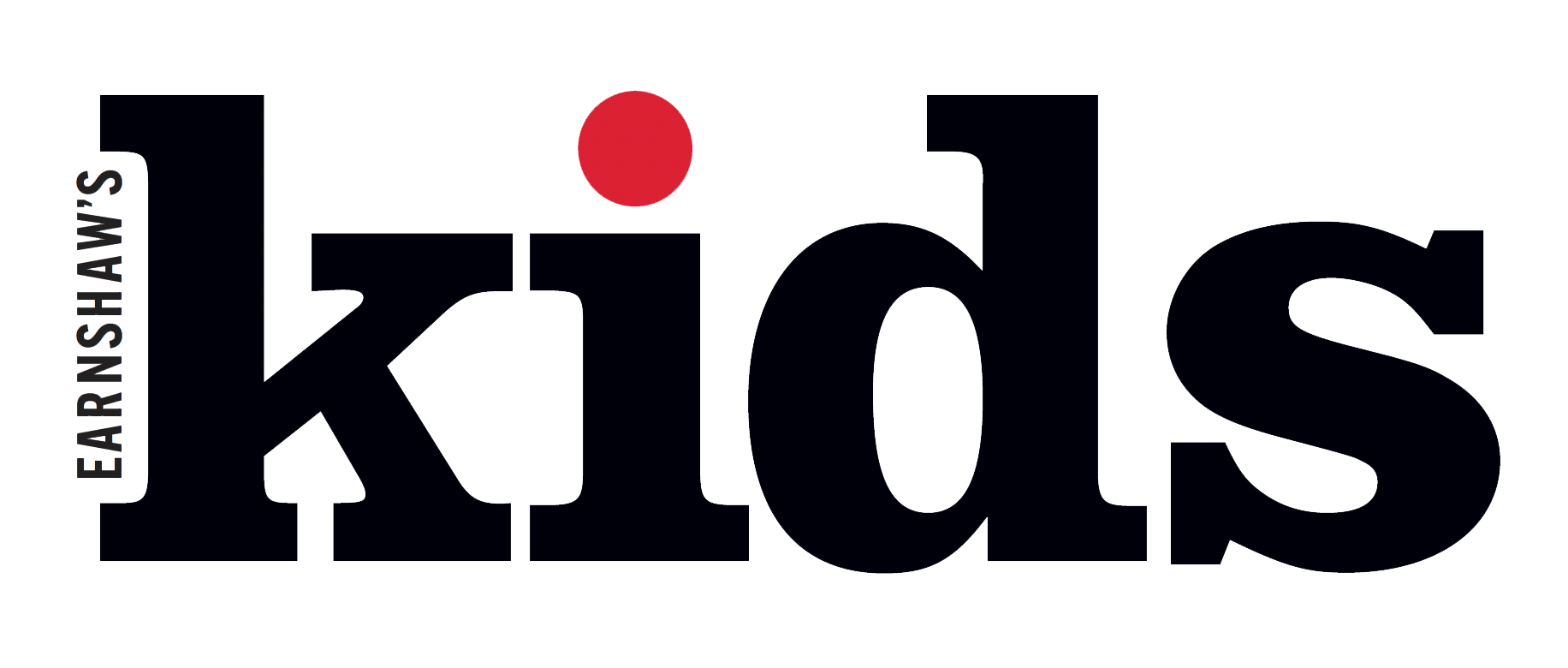

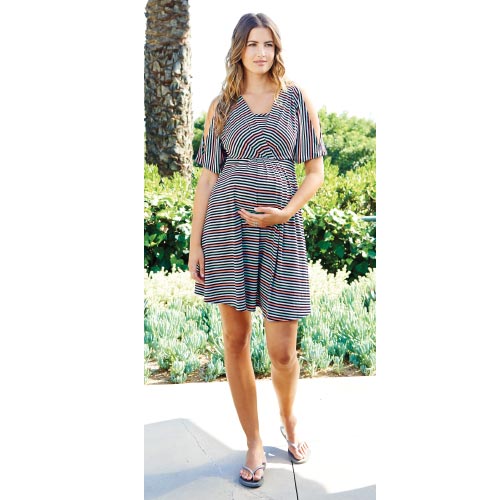
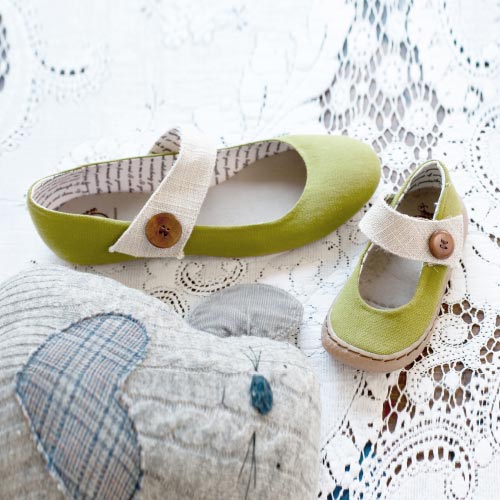
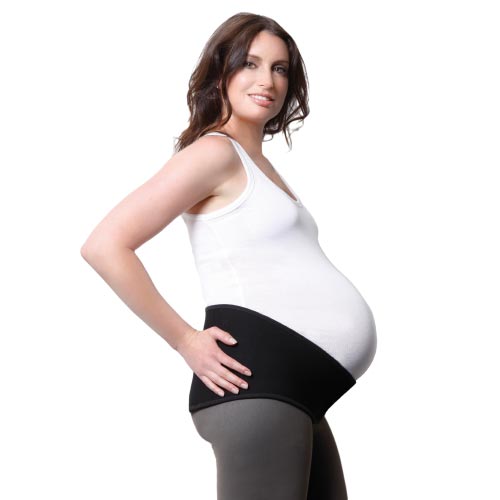
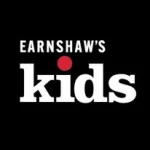





















Leave a Comment: